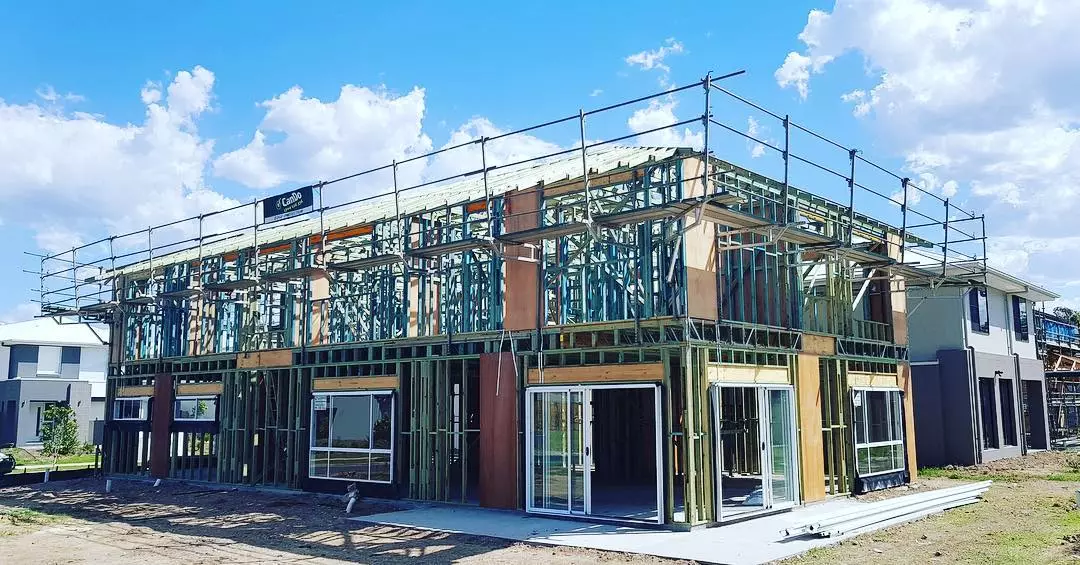Everything you need to know about scaffolding
Scaffolding is an essential part of safe construction and demolition. It ensures both efficiency and worker’s safety whenever a construction, building or renovation project is taking place.
Additionally, scaffolding plays a major role in preventing and minimising the risks of falls and injuries in any job required at a certain height. This can include painting or window cleaning as well.
To help you fully understand this temporary structure, here’s everything you need to know about scaffolding.
What is scaffolding?
Scaffolding in its most basic form is a platform made up of tubes, couplers and boards. They are temporarily built for workers so they can to navigate easily and safely around the work site. Scaffolds are mainly erected when working at a certain height especially in building constructions or renovations.
These fixtures, if used correctly, helps shave off time of the entire construction process while maximising safety and increasing risk management at the same time.
Read our tips on how to manage the risks in scaffolding.
How is scaffolding used?
Though numerous scaffolding types and systems are available, the type of scaffold to be used depends largely on the project requirements e.g., height and size, and other specifications such as safety requirement and weather forecasts.
Scaffold erection starts from the ground and extends to a height by interlocking its three key features. These three features are the standards (vertical posts with connector joints), ledgers (the horizontal braces), and transoms (a cross brace of longitudinal and transverse poles). The planks are set to rest on the transoms.

How safe is a scaffold structure?
Scaffolds provide a safe and secured workplace enabling workers to work efficiently at greater heights. It significantly reduces the risk of falls and other untoward accidents that may arise on site.
However, the safety of working on scaffolding all boils down to whoever erected the scaffold and can only be assured if managed correctly.
Scaffolds are safe if they were erected, dismantled, or reconstructed by licensed scaffolders and have been duly inspected by a professional before their use.
What are the risks of scaffolding?
Even when scaffolds are erected and inspected adequately by licensed professionals like Cando, the platform will never be a risk-free area. There will still be unforeseen issues arising in this high-risk workplace.
These issues can include event such as:
- falls;
- falling debris;
- electrocution;
- slipping;
- trip hazards;
- weather issues;
- human error related injuries.
Therefore, to practice utmost safety, a risk management plan for emergency procedures for falls should be in place at every worksite.
How can the risks be prevented or minimised?
To prevent or minimise the aforementioned risks, it is important that each worker has adequate training on safe work practices and procedures consistent with the Australian Safety Standards. They must also be well equipped with personal protective equipment while working on a scaffold. Erecting barricades, warning signs of the possible hazards, guard rails, safety nets, covers, and restraints are also helpful in preventing or minimising the risks of injuries for both workers and visitors on site.
Frequently Asked Questions
Scaffolding hire with CanDo
We have a comprehensive range of height service and scaffolding hire designed to save you money and time.
If you need experienced and credible scaffolding professionals, CanDo provides cost-effective scaffolding solutions, edge protection and consultation services to all clients on the Gold Coast, Brisbane, and northern NSW.
Call CanDo today at 1300 226 336 or send an email to theguys@cando.com.au.
Our hire service is available to the residential and light commercial building industries. We also can provide private property owners with height safety, fixed scaffolding hire and mobile scaffolding hire.







